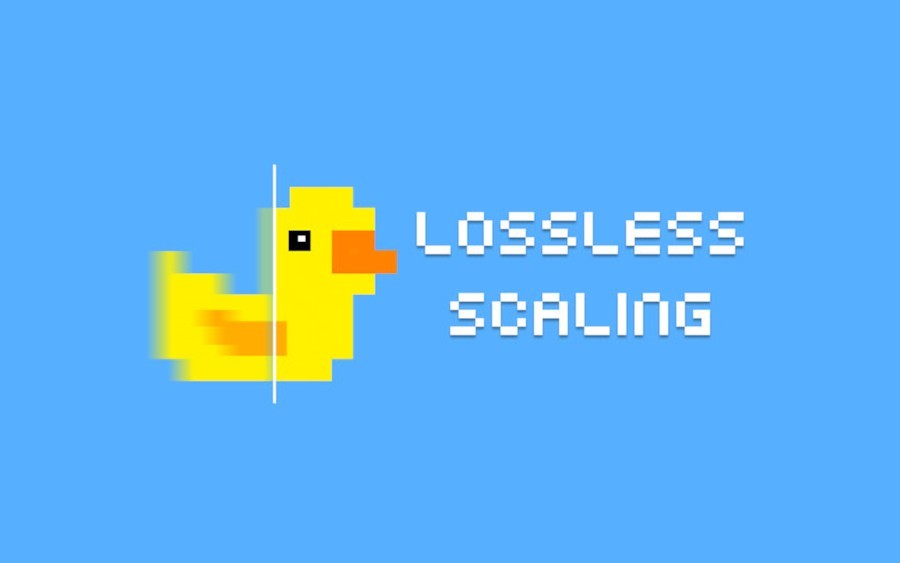The recently released version 2.5 of Lossless Scaling software is making waves in the gaming community by introducing the first universal frame generation method. This technical advancement promises to revolutionize the way we experience games, being theoretically applicable to any game that supports borderless windowed mode, including on integrated GPUs. The new method is based on a machine learning model built from scratch, highlighting the dedication and innovation behind this initiative.
Lossless Scaling operates as an overlay, capturing game frames using the same API popularly employed by OBS broadcast software. This approach, while effective, can result in conflicts with other overlays present in games, an important consideration for users.
Despite the revolutionary potential, there are some caveats to using Lossless Scaling. For best quality, a minimum of 60 FPS in a game and a 120 Hz monitor is recommended. However, in some games, a combination of 30 FPS and 60 Hz with up to 1080p resolution is also viable. It is crucial that the game is locked to half the monitor’s refresh rate to ensure adequate frame rate. Additionally, adjusting game settings to maintain a consistent frame rate is advisable to minimize stuttering.
It may cause some errors
While Lossless Scaling offers a promising innovation, it is not free from challenges. The ability to generate additional frames may introduce issues such as visual artifacts and increased latency. These challenges, however, are being addressed, and the developer is open to future improvements to further enhance the user experience.
Lossless Scaling version 2.5 with its universal frame generation method represents a significant change in the way we approach the visual quality of games. With its potential to transform the gaming experience on any GPU, the gaming community is eagerly awaiting to explore this new era in gaming frame generation. You can purchase Lossless Scaling on the Steam platform for US$6.99.
